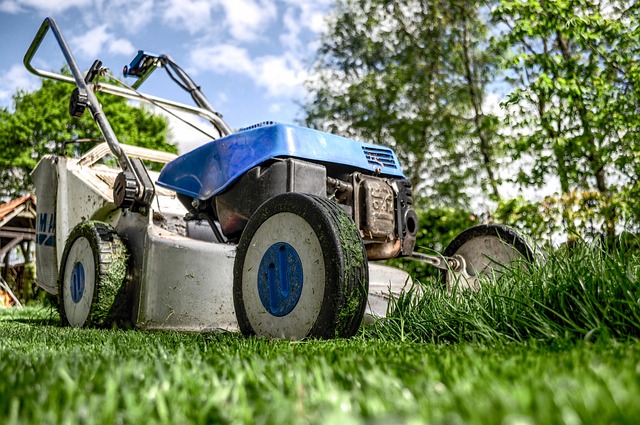How to Choose Yard Debris Clearing Tools for Different Garden Sizes
Choosing the right debris-clearing tools helps keep a garden tidy while matching physical effort, noise tolerance, and environmental concerns. This overview highlights how garden and yard size, seasonal needs, and maintenance priorities affect whether cordless, electric, or gas equipment is most appropriate, and what safety and accessory considerations to keep in mind.

Every garden has different needs depending on size, surface type and how much maintenance you want to do. Small urban yards demand compact, low-noise solutions, while larger properties often require more powerful equipment and longer runtimes. Beyond raw power, consider noise and emissions, storage, accessories for specific tasks, and seasonal cleanup cycles to choose tools that fit your routine and local rules.
How does garden size affect tool choice?
Smaller gardens and courtyard yards are best served by lightweight, maneuverable tools that minimize disturbance. Hand rakes, small cordless blowers and compact electric vacuums work well in tight spaces where precision matters. Medium-sized yards benefit from more-capable cordless models or corded electric tools that balance runtime and power. For large properties with extensive lawns and wooded borders, more powerful solutions — such as robust battery systems or gas-powered machines — reduce work time but bring trade-offs in noise and emissions.
What tools suit yard cleanup for small, medium, and large spaces?
For small spaces, prioritize compactness and storage: a handheld cordless blower or a manual rake can handle most cleanup with low maintenance. For medium yards, look for wheeled vacuums, backpack blowers, or mid-range cordless kits that include interchangeable batteries. Large areas may require high-airflow backpack blowers, mulching vacuums, or ride-on equipment for heavy leaf fall. Consider the type of debris—wet leaves, pine needles, or grass clippings—when selecting impeller and vacuuming capabilities.
Cordless, electric, or gas: which power type fits?
Cordless battery systems are increasingly versatile, offering low emissions, quieter operation, and easier startup; they suit small to medium yards and intermittent use. Corded electric tools supply continuous power for medium jobs near outlets but limit mobility. Gas-powered equipment delivers the highest sustained power and runtime for large properties or commercial use, yet produces more emissions and typically requires more maintenance. Match the power source to job size, frequency, and storage/maintenance willingness.
How do noise and emissions affect neighborhood use?
Noise restrictions and local ordinances are common factors, especially in residential areas. Cordless and electric tools usually produce lower noise levels and no local tailpipe emissions, making them preferable for early-morning or evening cleanup. Gas equipment tends to be louder and emits exhaust; it may require scheduling during permitted hours or finding quieter alternatives. Consider both peak-decibel ratings and real-world usage: lower noise can reduce complaints and make routine maintenance less disruptive.
What safety and accessory considerations matter?
Safety features such as throttle locks, insulated handles, and clear guards are important, along with personal protective equipment: eye protection, ear protection, and masks for dusty conditions. Accessories expand usefulness—nozzle shapes for focused airflow, vacuum bags and mulcher kits for debris reduction, extension wands for hard-to-reach spots, and quick-connect battery systems for cordless tools. Storage options and tool compatibility with existing batteries or chargers also influence long-term convenience.
How do seasonal maintenance needs change tool selection?
Seasonal cycles affect debris type and workload: spring often means mulch, sticks and heavier organic matter after storms; autumn brings high volumes of leaves requiring efficient collection or mulching; winter may need snow-handling tools rather than blowers. For seasonal versatility, choose tools with modular accessories or multi-function systems that switch between blowing, vacuuming and mulching. Regular maintenance—cleaning air intakes, replacing spark plugs or battery care—prolongs tool life and ensures reliable performance when seasonal peaks arrive.
In summary, matching yard debris-clearing tools to garden size involves balancing power, mobility, noise, emissions and ongoing maintenance. Small gardens benefit from compact, low-noise electric or cordless tools; medium yards often suit mid-range cordless or corded electric models; large properties may require higher-powered battery platforms or gas equipment, bearing in mind environmental and neighborhood impacts. Consider safety features and accessories, and plan for seasonal demands to get the most practical, long-lasting solution for your yard maintenance needs.






